Quantitative Trading Strategies in 2025: Data-Driven Techniques for Smarter Investing
In the modern world of investing, successful traders are no longer relying on intuition alone. Instead, they’re using math, statistics, and algorithms to make smarter, faster, and more consistent decisions.
This method is called quantitative trading, and in 2025, it’s more powerful and accessible than ever—thanks to improvements in computing, big data, and artificial intelligence.
In this article, we’ll explore four key quantitative strategies every aspiring trader should understand:
Statistical arbitrage and pairs trading
Factor investing
Machine learning in trading
Monte Carlo simulations
Let’s dive into how each works—and how you can learn to apply them with the help of YourPaathshaala.
🔁 Statistical Arbitrage & Pairs Trading
🔍 What Is It?
Statistical arbitrage involves identifying temporary price inefficiencies between related assets. A popular method is pairs trading, where two correlated stocks (like HDFC Bank and ICICI Bank) are tracked for price divergence.
✅ How It Works:
When one stock moves abnormally away from its pair, a trader buys the undervalued one and sells the overvalued one, expecting them to return to equilibrium.
🎯 Benefits:
Market-neutral strategy (not affected by market direction)
Profits from volatility, not long-term trends
🧠 Example: If Tata Motors and Mahindra usually move together but suddenly diverge, traders bet on the gap closing.
📊 Factor Investing: The Core Drivers of Returns
🔍 What Is It?
Factor investing involves selecting assets based on predictable traits or characteristics, known as factors. These are statistical features that explain performance differences between securities.
🔑 Common Factors:
Value: Undervalued stocks compared to fundamentals
Momentum: Stocks showing strong recent performance
Size: Small-cap stocks tend to outperform large caps over time
Volatility: Low-risk stocks often outperform high-volatility ones
🎯 Benefits:
Creates rules-based portfolios
Reduces emotional bias in stock picking
Used by hedge funds and ETFs worldwide
🧠 Example: Investing in stocks with high momentum and low volatility is a classic multi-factor strategy.
🤖 Machine Learning Models in Trading
🔍 What Is It?
Machine learning (ML) allows algorithms to learn from market data and identify patterns or signals that traditional models may miss. In 2025, ML is used even by retail traders, thanks to platforms and APIs.
ML Techniques in Trading:
Classification: Will price go up or down tomorrow?
Regression: Predicting future prices
Clustering: Grouping similar stocks for portfolio building
Natural Language Processing (NLP): Analyzing news and tweets
🎯 Benefits:
Adapts to changing market conditions
Processes huge datasets in real time
Can uncover non-linear patterns hidden from human eyes
🧠 Example: An ML model that analyzes social media, price momentum, and volume to predict intraday price direction.
🎲 Monte Carlo Simulations: Testing Strategy Risk
🔍 What Is It?
Monte Carlo simulation is a technique that runs thousands of randomized trials to understand how a trading strategy might perform under different market conditions.
🎯 Benefits:
Reveals best-case and worst-case scenarios
Measures risk and probability of loss
Enhances confidence in strategy robustness
🧠 Example: Simulating a swing trading strategy over 10,000 market scenarios to check survival in crashes, rallies, or stagnation.
🧠 Why Quantitative Strategies Matter in 2025
| Strategy | Primary Use | Key Tools |
|---|---|---|
| Statistical Arbitrage | Short-term profit from mispricing | Correlation analysis, z-scores |
| Factor Investing | Long-term alpha generation | Screeners, backtesting software |
| Machine Learning | Predictive models | Python, TensorFlow, data APIs |
| Monte Carlo Simulation | Risk assessment | Excel, R, MATLAB, Python |
Quantitative trading is no longer just for hedge funds. With proper education, retail traders can now use these tools to compete on a smarter level.
📚 Learn Quantitative Trading at YourPaathshaala
At YourPaathshaala, we teach not just the “what,” but the “how” of data-driven trading.
You’ll learn:
The mathematics behind statistical trading
How to use factor models and screeners
Basics of Python and Excel for backtesting
Building and testing your own trading strategies
✅ Final Thoughts: Trade with Logic, Not Luck
Quantitative trading turns data into decisions. While emotional or impulsive trades can lead to losses, quant strategies offer consistency and risk control.
Whether you want to:
Automate your trades
Use AI and analytics
Or test your portfolio like a pro…
Quantitative trading is your roadmap to smarter investing.
💡 In a world full of noise, numbers tell the real story.
📍 Visit YourPaathshaala
Near 🏥 Anjali Children Hospital, Tagore Nagar, Mathpurena, Raipur
📫 PIN Code: 492001, Chhattisgarh
📞 Click the Call Now to start learning how financial systems really work! To check out the full article click here!




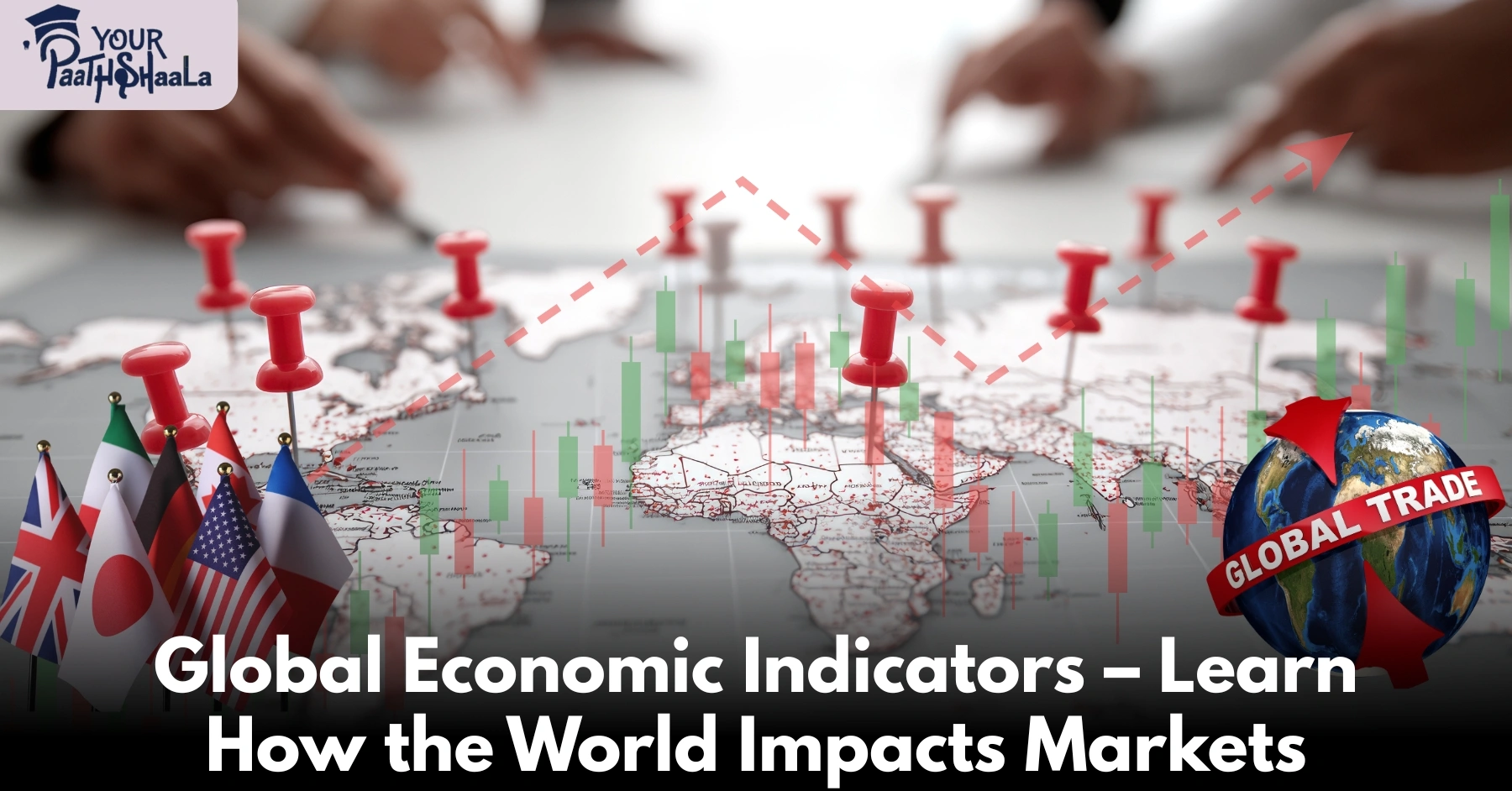
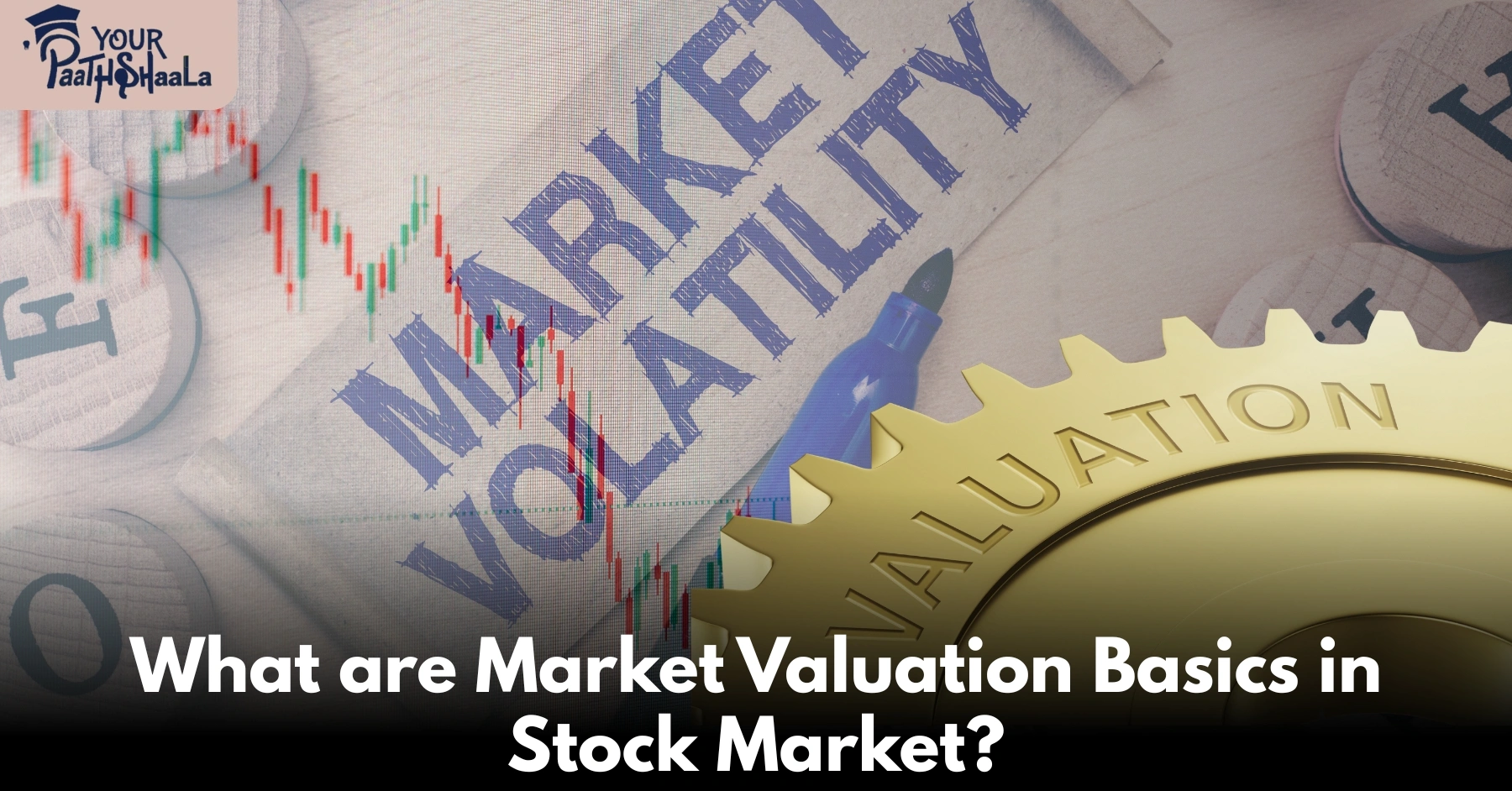
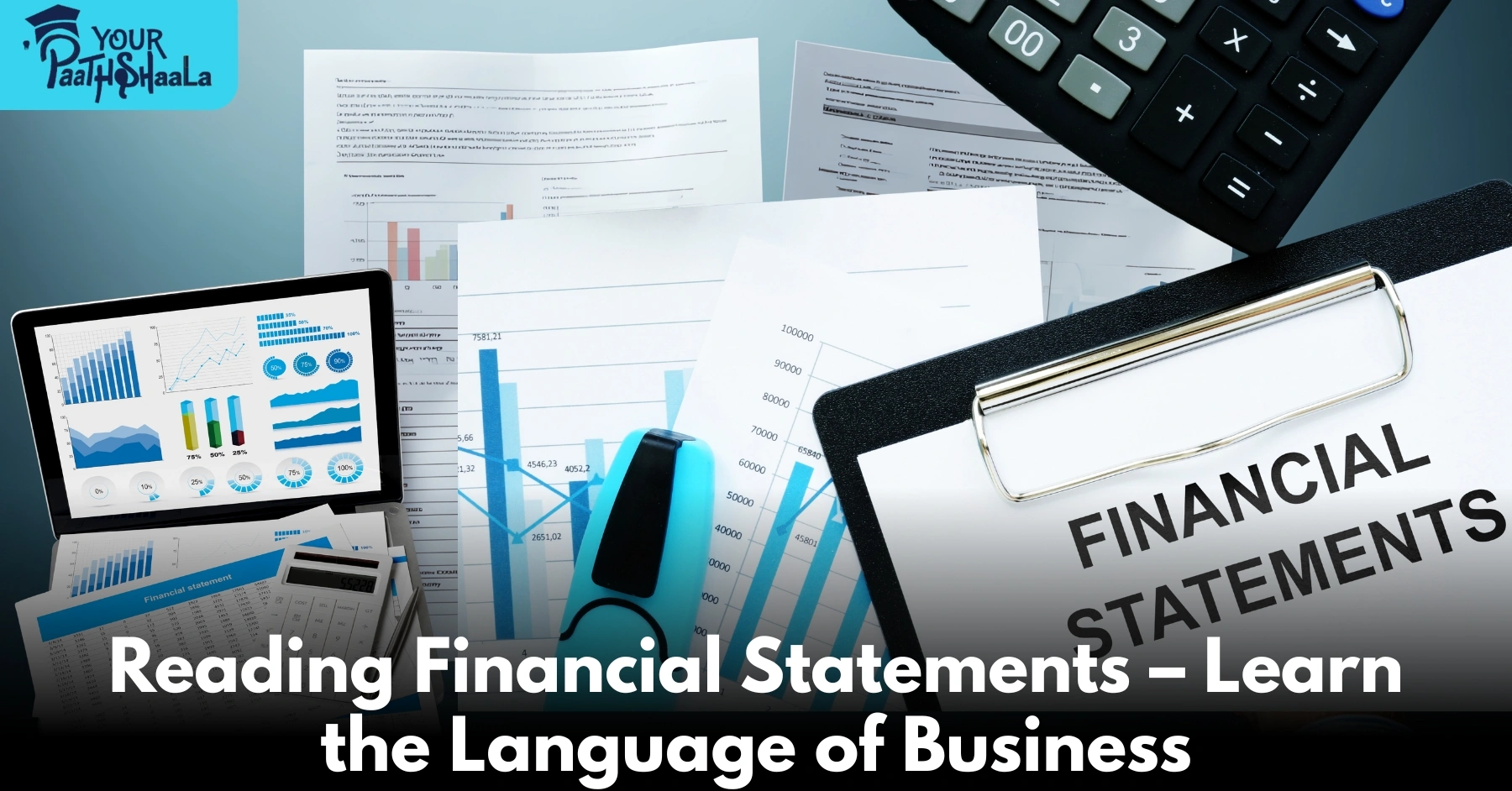

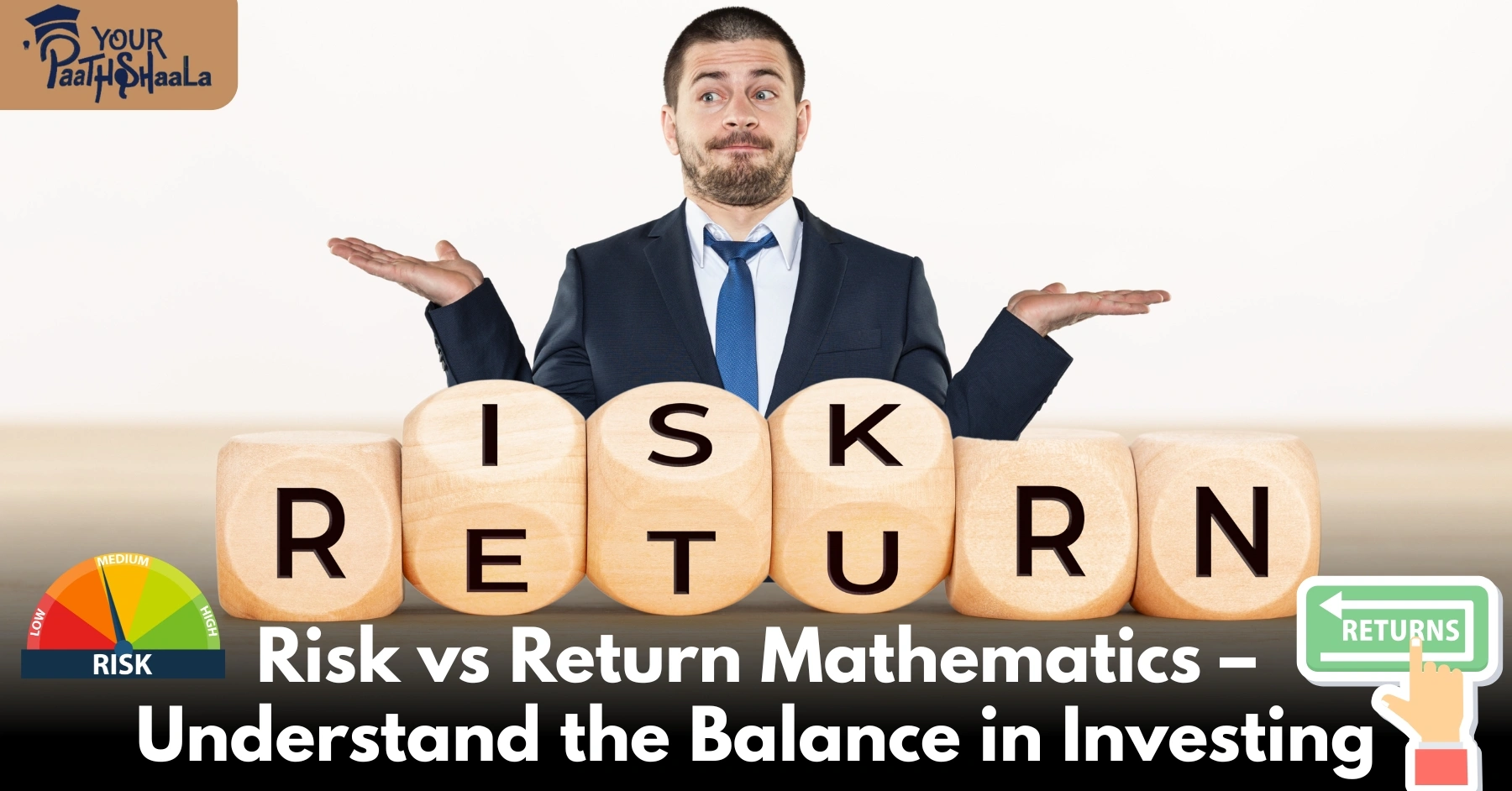
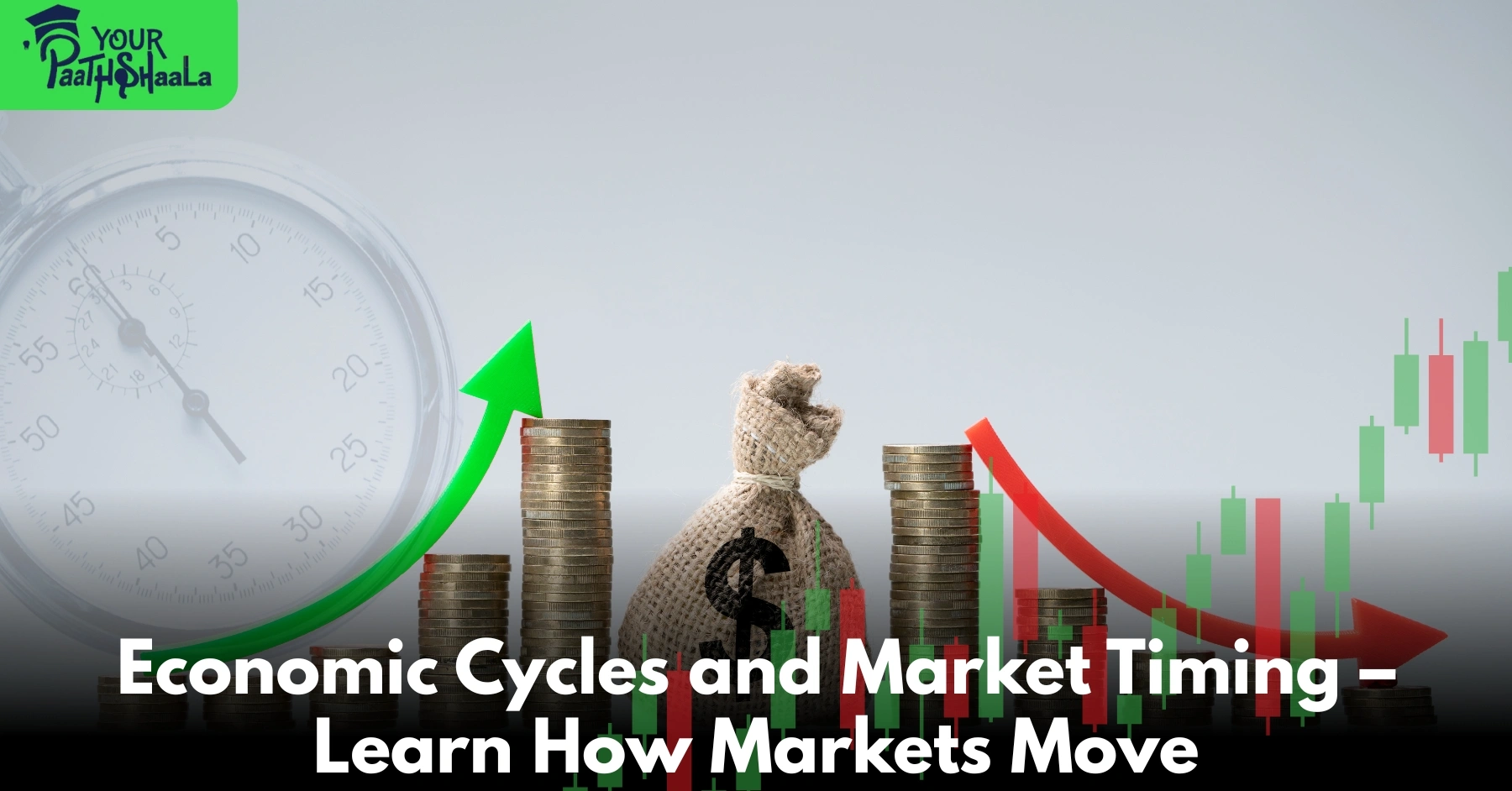


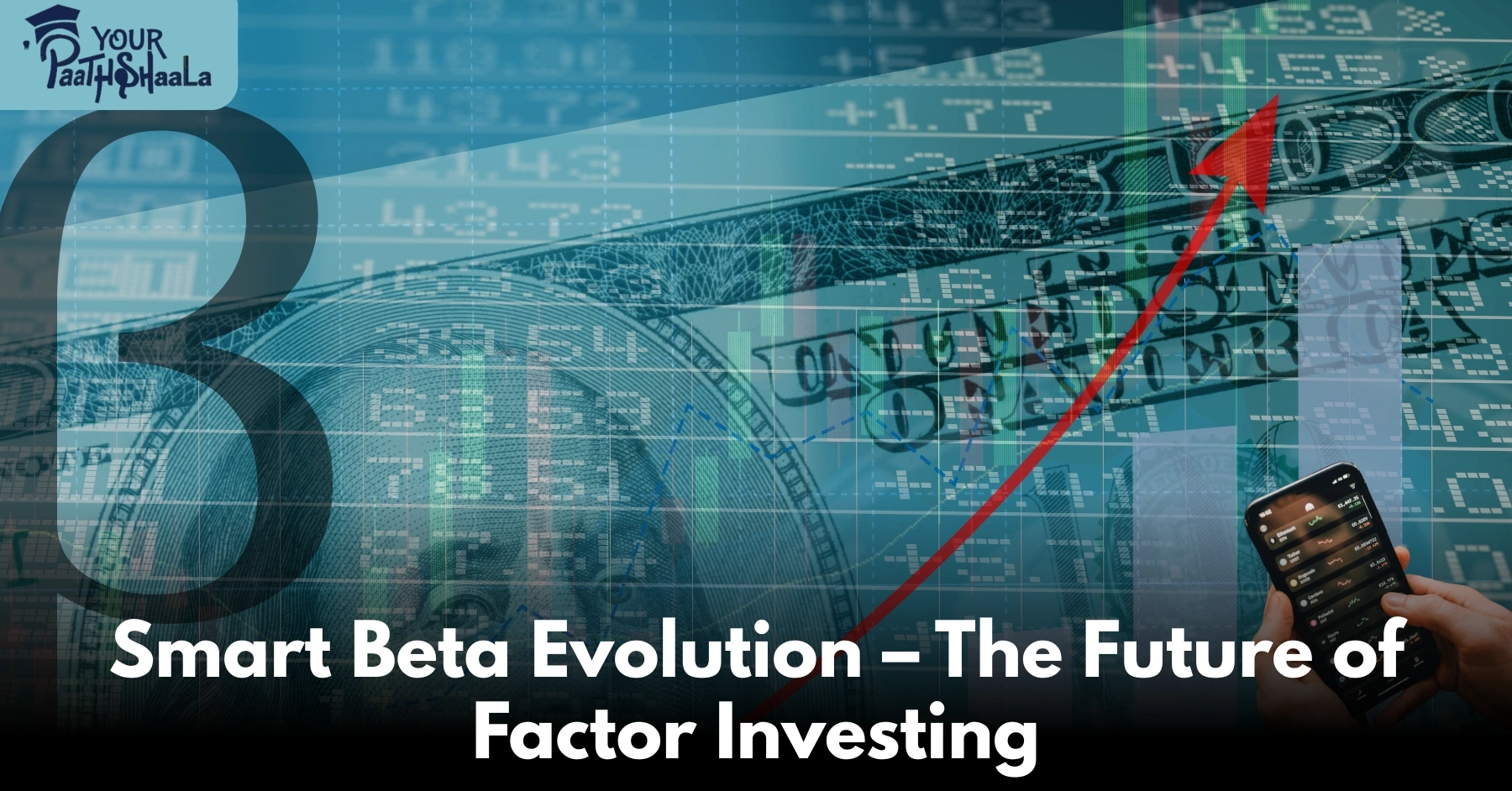
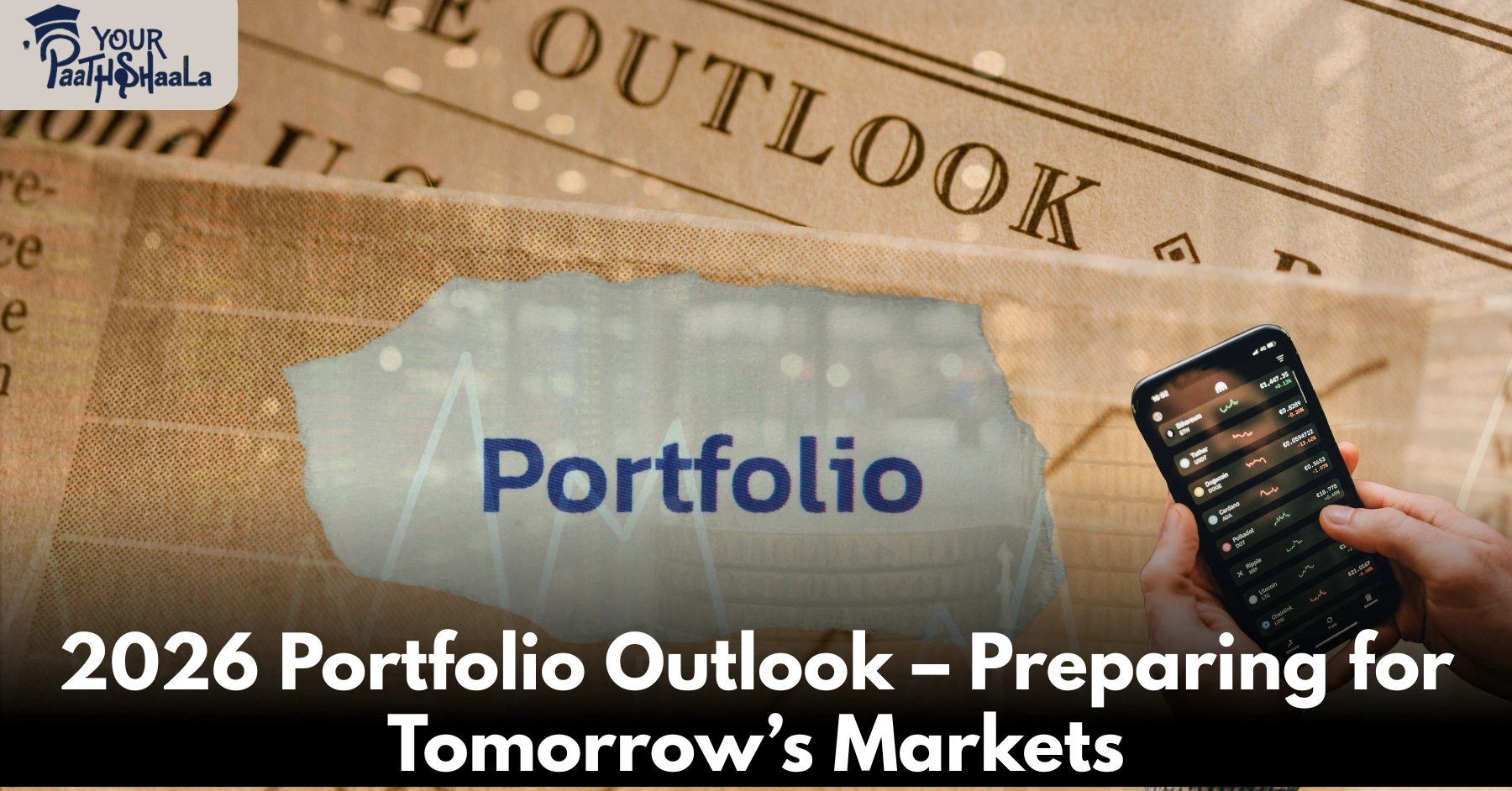
[…] What is quantitative trading strategies in 2025? […]
[…] Prev Next […]
[…] What is quantitative trading strategies in 2025? […]
[…] What is quantitative trading strategies in 2025? […]
[…] What is quantitative trading strategies in 2025? […]